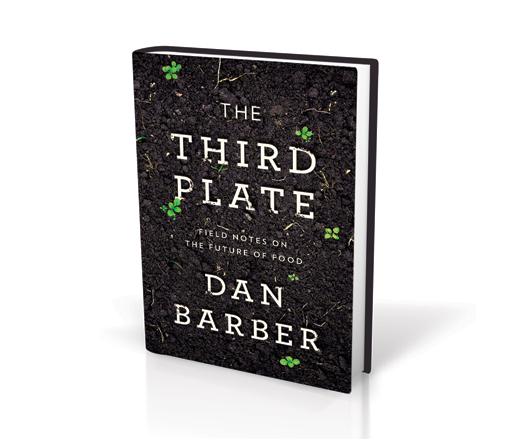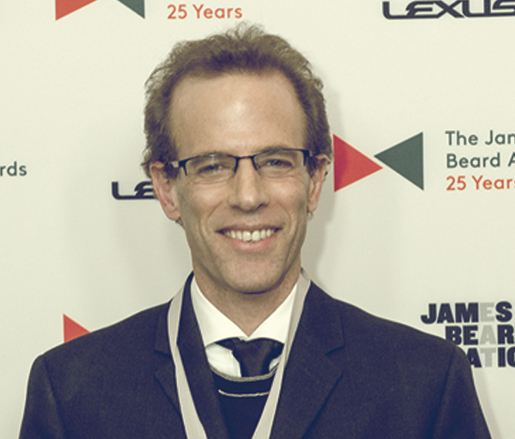
This past spring JBF Award winner Dan Barber took the nose-to-tail and root-to-stalk philosophy a step further by transforming his acclaimed Blue Hill restaurant into the high-profile pop-up, wastED. The monthlong project tackled the food waste problem head-on, featuring dishes like monkfish wings and kale-rib stew. Barber credits his inspiration for the concept to the research he did for The Third Plate, which details his vision for the future of food, and won the medallion for Writing and Literature at our JBF Book, Broadcast, and Journalism Awards this year. Below, Barber digs into how our cultural history shapes our view of food, why wastED was so successful, and what chefs are doing to combat waste in the kitchen and on the table.
JBF: In The Third Plate, you characterize America’s cultural conception of food as being based on everlasting abundance. How do you think that has affected the public view of food waste?
Dan Barber: I think our food system is based on a philosophy of extraction: “take more, waste more.” It’s allowed, and even encouraged, us to eat high on the hog, privileging certain coveted ingredients—say, pork tenderloin—while discarding others. In most cultures, many of the items that we ignore are considered culinary staples, because people have found a way to make them delicious through good cooking. My hope is that we can encourage people to move in that direction, not by necessity (although, as our natural resources diminish, that will certainly play a role), but because they see the delicious opportunity.
JBF: Can you give an example of a historical cuisine that specializes in minimizing food waste?
DB: Classic French cuisine, which is really dozens of regional cuisines, is a great example. Dishes like coq au vin and bouillabaisse were conceived to soak up a particular kind of “waste”—be it tough poultry or unsellable trash fish. They utilized cooking techniques to transform and elevate lowly ingredients into something delicious.

JBF: The wastED pop-up at Blue Hill was very up-front about where the food was coming from, and what typically undesirable products were being used in the dishes. Why do you think this approach resonates with today’s diners?
DB: People have come to expect and demand a certain kind of transparency with their food; they want to know where it comes from and how it was grown. In the case of wastED, the stories we were telling were maybe a little less appetizing—or maybe just less familiar—than an organically farmed local carrot or a humanely raised grassfed cow, but our guests still wanted to hear them. They wanted to know about the raw materials behind their meal.
JBF: It seems like most of the waste in the U.S. comes from the midlevel processors between the farm and the table. What can chefs do to mitigate that waste?
DB: During wastED, we worked with a lot of ingredients in that category. In fact, by far the most popular dish on the menu was a “juice pulp cheeseburger”—a veggie burger made with beet and carrot pulp left over from a cold-pressed juice facility. It’s still on Blue Hill’s menu, as is a cookie made from almond-press cake, which is the material remaining after pressing nuts for oil. Those kinds of byproducts represent an interesting frontier in cooking. Part of our motivation for the project was to highlight other chefs—not just the 20 or so guest chefs who contributed daily specials, but the countless other chefs who do this kind of work every day in their own kitchens. Chefs often get a reputation for being wasteful, but I think that culinary resourcefulness is required in any kind of thoughtful cooking. We’re hardwired to be aware of our ingredients, to make the most efficient and delicious use of every part.
We're focusing on solutions to fight food waste all month long! Get the full coverage here.
Maggie Borden is assistant editor at the James Beard Foundation. Find her on Twitter and Instagram.




-57 web.jpg)


